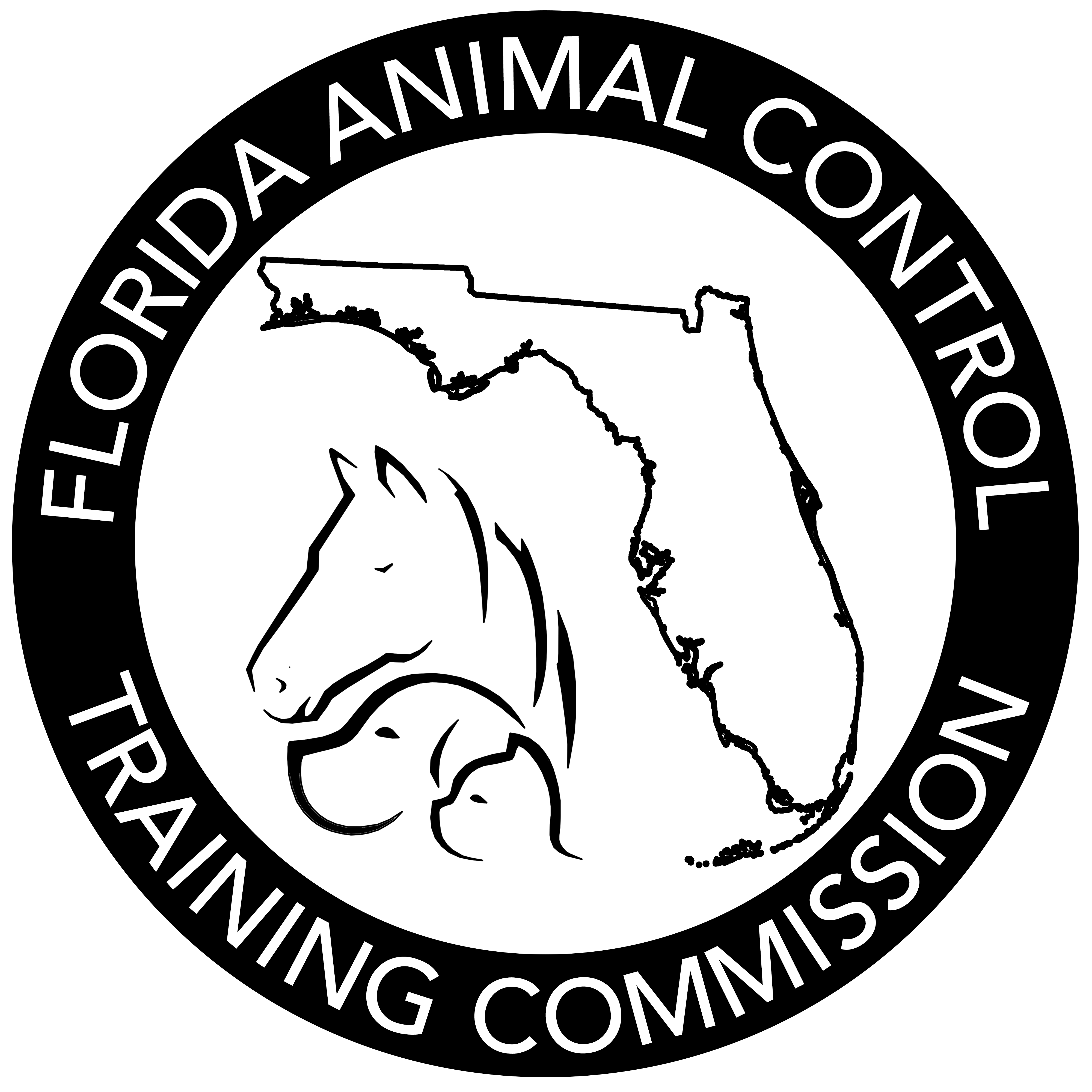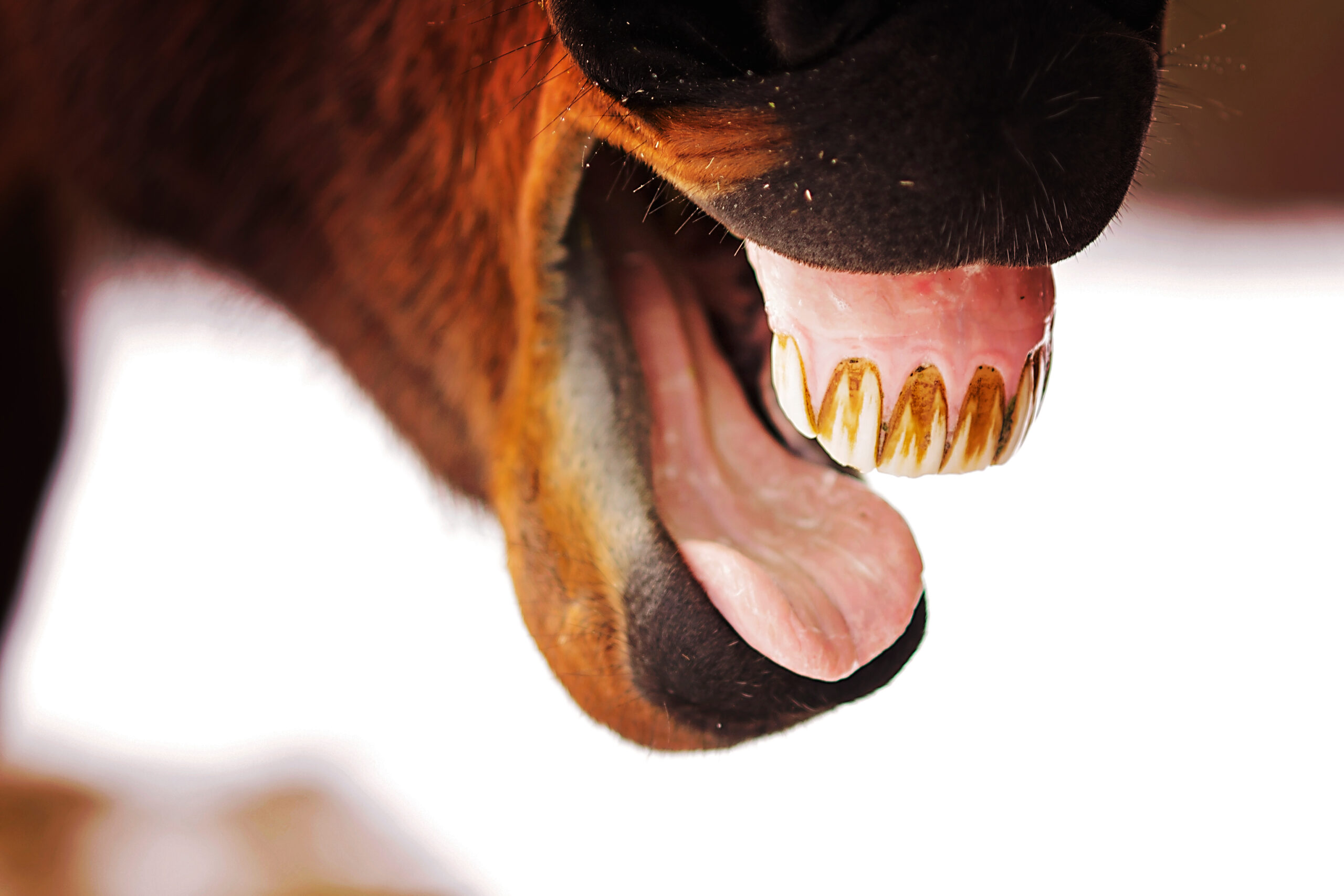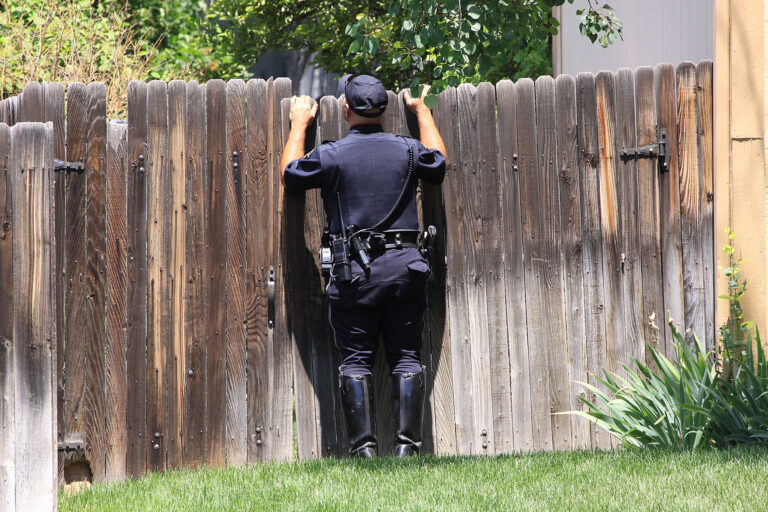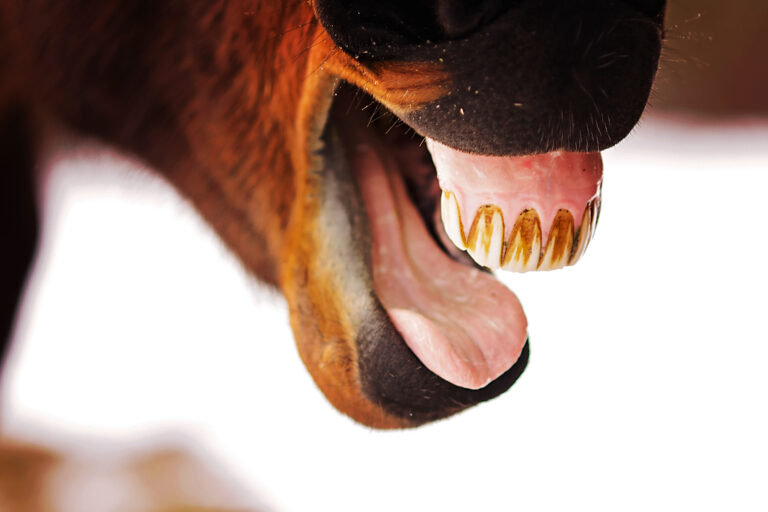The Determination of the Horse’s Age
The determination of the age of the horse can be fairly accurate when certain characteristics are examined. The following nine characteristics give an accurate depiction of age up to 10 years.
1. The eruption of deciduous teeth
The central incisors erupt at 6 days of age; the intermediate incisors erupt at 6 weeks of age; the corner incisors erupt at 6 months.
2. The eruption of permanent incisors
The permanent central incisors erupt at 2 1/2 years; the permanent intermediate incisors erupt at 3 1/2 years; the permanent corner incisors erupt at 4 1/2 years.
3. The infundibulum cup disappears with wear
Deciduous Incisors
The infundibulum cups of deciduous central incisors disappears at 1 year; the infundibulum cup of the deciduous intermediate incisors disappears at 1 1/2 years; the infundibulum cup of the permanent corner incisors disappears at 2 years of age.
Permanent Incisors
The infundibulum cups of the permanent central incisors disappears at 6 years; the infundibulum cup of the permanent intermediate incisors disappears at 7 years; the infundibulum cup of the permanent corner incisors disappears at 8 years of age.
4. The occlusal surfaces change shape
5. The arch formed by the incisors changes angle
6. The wear on the entire tooth
This is subjective, but the teeth are in full wear six months after they erupt.
7. The angular profile of the incisors when viewed laterally
8. The seven year hook on the corner incisor
9. Galvayne’s groove
The Galvayne’s groove on the corner incisor appears at the gum line at 10 years, proceeds distally until 20 years of age, and the recedes until the horse is 30 years old.
One Year Old
When viewed from the front, the true yearling at 12 months old will have all of the deciduous teeth erupted and in wear. Laterally, the corner incisors from the upper and lower arcade will not be in contact. The central and intermediate incisors will have a longitudinal dental star, whereas the corner incisor will not. The first permanent molars may start to appear at this time.

Two Year Old
When the animal reaches two years of age, the central incisor is removed from the gum in preparation for the eruption of the central permanent incisor. The occlusal surfaces of the central and intermediate incisors are level, smooth, and show considerable where. The corner incisor is in wear and depicts a dental star. The second permanent molar erupts, and care should be taken to see that the deciduous caps are removed from them.
Three Year Old
The three year old shows all four central incisors completely corrupted and in wear. Each of these central incisors will have a deep cup since the infundibulum has just started to wear. The intermediate incisor in corner incisor will have a long neck and appear ready to be replaced by the permanent incisors. The “wolf teeth” should be easily visible. The second and third premolars erupt and the deciduous caps are shed.
Four Year Old
The central and intermediate permanent incisors are in firm contact and in wear in the four year old horse. The remaining deciduous corner incisors appear smaller in comparison. The canines may erupt at 3 1/2 years of age but are more likely to erupt at age 4. The dental cup is still deep on the central incisor, whereas the intermediate incisor has a sharp surface. The fourth permanent premolar and molar should erupt at this time.
Five Year Old
All of the permanent dentition is complete in the five-year-old and all of the teeth are in where. The jaws are convex when viewed anterior to posterior. The canine teeth should have erupted completely. All of the incisors should have a dental cup, but the central incisors will show considerable wear.
Six Year Old
in the sixth year, the cup will be gone on the central incisor. The intermediate incisor will show distinct cups and the corner incisor will be completely in wear. Viewed anterior to posterior, the mouth will appear as it did in the five year old. The canine teeth are usually at full length.
Seven Year Old
A seven year hook is present on the caudal occlusal surface of the corner incisor at seven years of age. The occlusal surface of the central incisor is level. On the intermediate incisor, the cup is gone. The dental cup is still present on the corner incisors only.
Eight Year Old
The first dental star appears on the central incisor when the horse is 8 years old. In some instances, the first stages of a dental star (a dark yellow or brownish yellow line) appears on the occlusal surface of the intermediate incisor. When viewed laterally, the upper and lower incisors are at a more oblique angle than before.
Nine Year Old
The shape of the incisors and the occlusal surfaces distinguish the nine year old. The central incisors are round, and they have a distinct dental star in the center. The intermediate incisors are becoming round and the corners are oval. The seven year hook has usually disappeared from the upper corner incisors by the ninth year.
Ten Year Old
The ten year old horse has the distinction of Galvayne’s groove starting to show on the labial surface of the upper corner incisor. The distal end of this groove should just protrude through the gum line at this age. The central and intermediate incisors are round and the dental stars on the occlusal surfaces should be in the center of the teeth.
Twelve Year Old
At 12 years of age, the angle of occlusion of the incisor arch become predominantly oblique. All of the occlusal surfaces of the incisors are round. The dental stars are merely small yellow dots near the center of each tooth. Galvayne’s groove is progressing posteriorly approximately 1/4 of the way down the labial surface of the corner incisor.
Fifteen Year Old
Galvayne’s groove should extend approximately halfway down the labial surface of the corner incisor on the 15 year old horse. The central incisor should be triangular in shape, with the intermediates round to triangular. The dental star in the center should be almost round in shape on all of the incisor occlusal surfaces.



